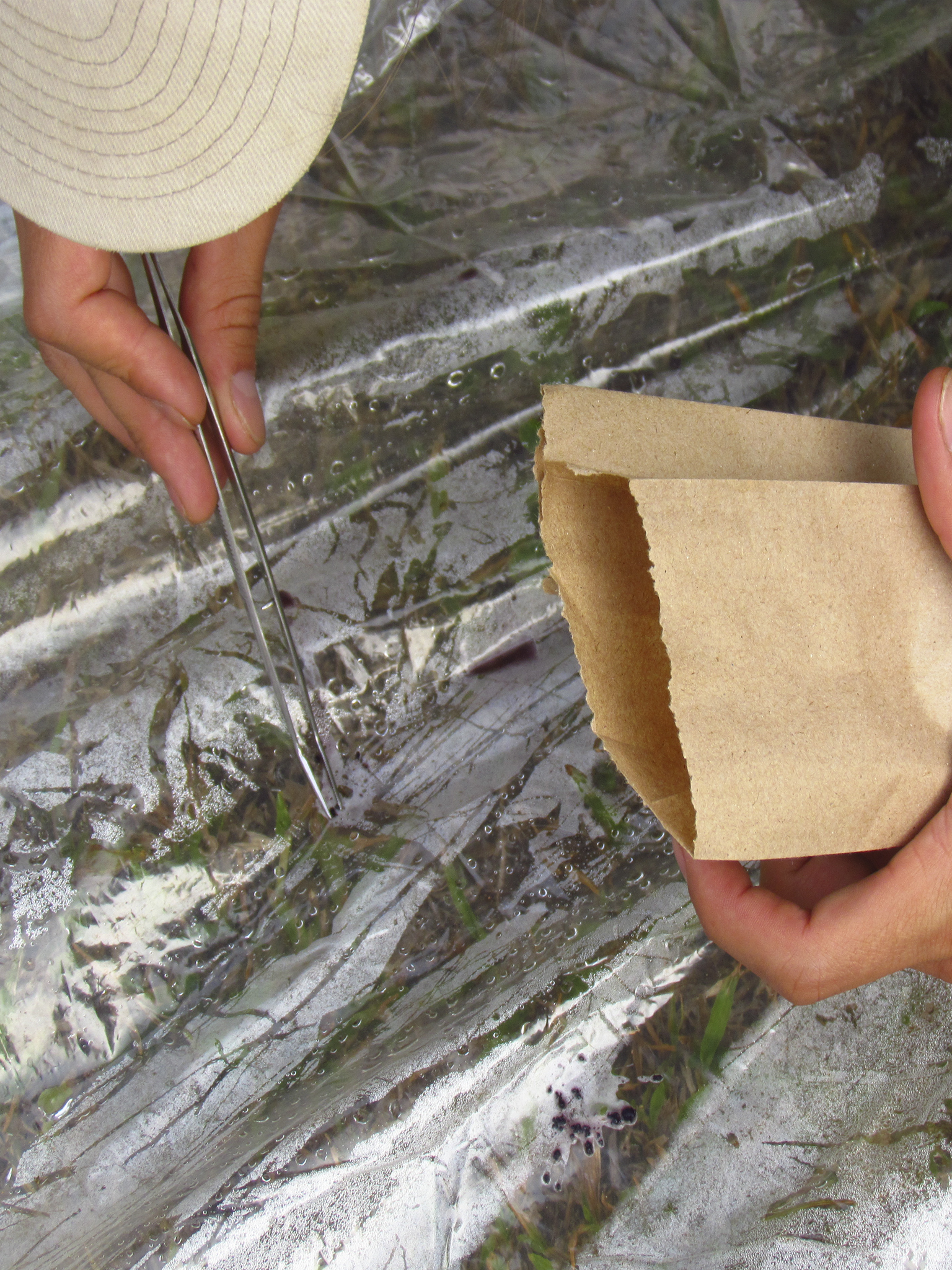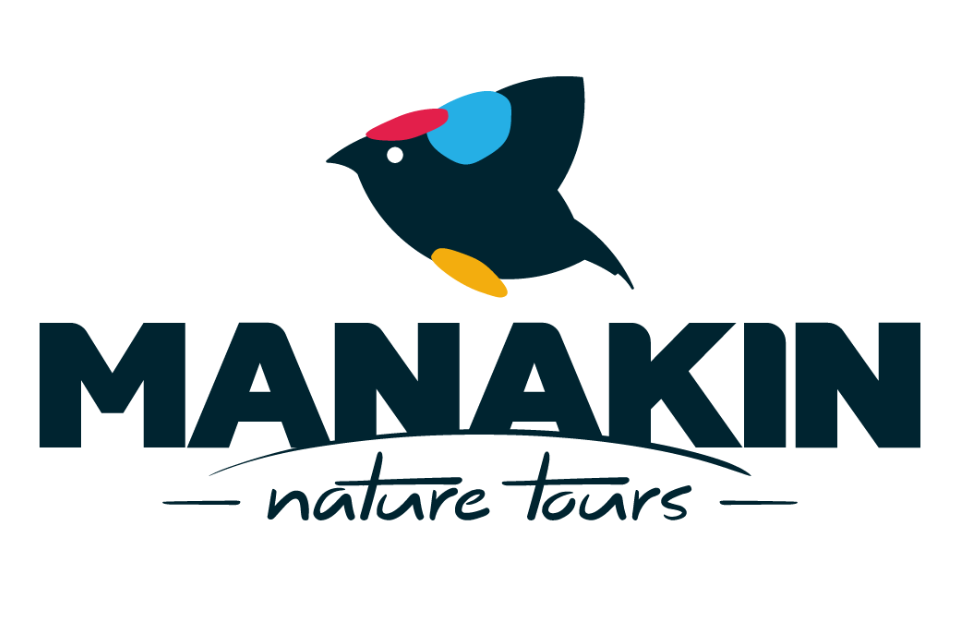
Seed Dispersal by Birds in the Colombian
The Orinoquia is a natural area to the east of Colombia, limited by the Orinoco river basin; it is an ecosystem characterized by being a plain. In the region there is intense livestock activity, where most of its pastures have been introduced for this work, replacing the natural savannas and with a cycle of natural and anthropic fires that has been intensifying lately. Under these pressures, it is to be assumed that there has been a drastic change in the natural environments, the forest remnants – mostly associated with rivers – have reduced their size for different reasons and it is urgent to know how diversity can be recovered when it has been subjected to these anthropic influences
Can birds help natural recovery forest?.
Lorem Ipsn gravida nibh vel velit auctor aliquet.Aenean sollicitudin, lorem quis bibendum auci elit consequat ipsutis sem nibh id elit. Duis sed odio sit amet nibh vulputate cursus a sit amet mauris. Morbi accumsan ipsum velit. Nam nec tellus a odio tincidunt auctor a ornare odio. Sed non mauris vitae erat consequat auctor eu in elit. Class aptent taciti sociosqu ad litora torquent per conubia nostra, per inceptos himenaeos. Mauris in erat justo. Nullam ac urna eu felis dapibus condimentum sit amet a augue. Sed non neque elit. Sed ut imperdiet nisi. Proin condimentum fermentum nunc. Etiam pharetra, erat sed fermentum feugiat, velit mauris egestas quam, ut aliquam massa nisl quis neque. Suspendisse in orci enim.This is Photoshop’s version of Lorem Ipsum. Proin gravida nibh vel velit auctor aliquet. Aenean sollicitudin, lorem quis bibendum auctor, nisi elit consequat ipsum, nec sagittis sem nibh id elit. Duis sed odio sit amet nibh vulputate cursus a sit amet mauris. Morbi accumsan ipsum velit. Nam nec tellus a odio tincidunt auctor a ornare odio. Sed non mauris vitae erat consequat auctor eu in elit. Proin condimentum fermentum nunc.


Study area, the Colombian Orinoco river basin ecosystems
Between 2011 to 2013, I carried out a study to identify how birds through the natural seed dispersal could help in the processes of forest regeneration through what we know as seed rain, this rain is an essential process in natural forests , has an important influence on the sustainability of the forest, its successional processes and the recovery of diversity when it has been subjected to anthropic influences, the most obvious result of this process is the deposition of seeds in a heterogeneous way in the landscape, by determining the density and distribution of the plants whose seeds have been dispersed, this seed rain produced by trees and enhanced by dispersing agents (Wind, mmamals, birds etc) represents itself a potential for regeneration and can play an important role in the restoration, regeneration and maintenance of plant populations – and hence associated forests – taking this for granted the birds can deposit seeds of pioneer and primary plant species throughout the landscape and thus help in the recovery of the composition of a plant community over time.


Chestnut-eared Aracari with a Cecropia fruit at the forest edge and Burnished-buff Tanager, waiting for fecal sample
To try to verify this, I made two tasks. I installed seed traps stations raised from the ground in 3 types of vegetation coverage (Inside the forest, in clump of trees out of the forest and in isolated trees in the savannah), I collected the seeds every two months, identified the seeds (as much as I could) and finally after a year (5 samples) I correlated the seeds found in the traps (quantity and diversity) and I did not find significant differences in richness (diversity of seeds), this means that the seeds are leaving the forest and are being deposited out of it, using flying dispersing agents (bats and birds, also wind in few cases)! And this of course can aid natural regeneration in the affected areas adjacent to the forest.


Seed traps stations and Alejandro after install an station under an isolated tree
The second task was to capture birds, for those that were frugivorous, wait for a fecal sample and examine these samples searching for seeds, identified the seeds and found that many birds can go into the forest, eat and then defecate seeds in isolated places, transporting seeds across the landscape, this can help to maintain the forest, enlarge the forest edges by depositing seeds on the edge, or create regeneration nuclei that could connect with the forest in the future.


Fecal samples (Ficus on the left and Cecropia on the right)


Identifying birds in the field and Piratic Flycatcher eating a fruit
Because habitat fragmentation and deforestation can affect the intensity and quality of biological interactions (seed dispersal) and in the special case of the Colombian Orinoquia where the processes of loss the forest cover are accelerated, it is of utmost importance carry out studies that lead to the knowledge of these interactions. The characterization of seed rain mediated by birds and generated by the different types of vegetation cover in fragmented landscapes, can provide tools and methodologies for natural restoration. Although long-term studies are needed to understand this interaction, this first step is important to understand how the natural behavior of frugivorous birds can help in the natural regeneration processes and how each one of them has its task.

Clump of trees (Nuclei of regeneration)
It is possible that in the future we can understand the work of certain families or species of frugivorous birds, through direct observations in the field I was able to conclude that there are possible assemblages of birds, families like Manakins occupy the edge of the forest: they can help expand the border of the forest depositing seeds at its limit ?, Tinamous, Curassows and others inhabit the interior of the forest: do they help to maintain the matrix inside the forest? And other families or species move a lot between stops, both outside and inside the forest, this includes: Chachalacas, Guans, Toucans, Jays, Tanagers: they are the ones that transport seeds to and from the forest and provide seeds in isolated places helping the gene flow and the generation of new forest regeneration nuclei? These are questions to be solved in later studies, this answers would help us understand this dynamic.
What is true is that the work of birds (and other dispersers) is essential in the maintenance, conservation and regeneration of forests.


Cecropia seeds and Speckled Chachalaca eating Cecropia fruits.

Alejandro Pinto in the Colombian Savanas.
Alejandro is a biologist from Universidad Nacional de Colombia. He has had experience with bird research since 2010 and has been a professional tour guide for 7 years. He is mainly focused on birding on the Andes, Bogota Savanna area and Colombian flatlands. He was coordinator of GOUN group (Ornithology group of National University of Colombia) between 2011-2012, and leadership member in XXVI National Encounter of Ornithology in San Jose del Guaviare 2013 and Mocoa, Putumayo in 2017. National Coordinator of the International migratory bird day since 2014 to 2017. His field researches included topics like seed dispersal by birds and implication in natural restoration of habitats in llanos area of Colombia.
Alejandro is working with MANAKIN NATURE TOURS since 2015, is one of our main professional birding guides and some of the confidence persons of the company.


